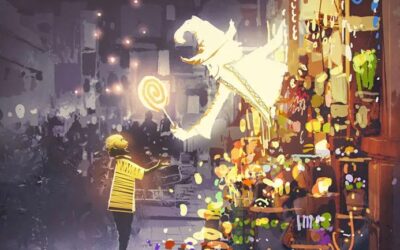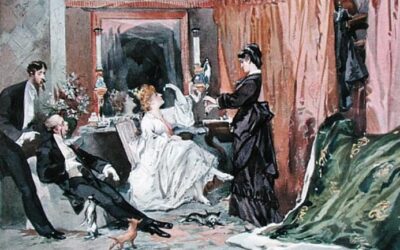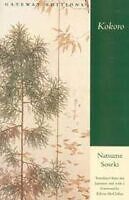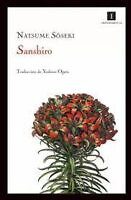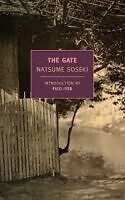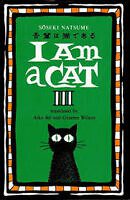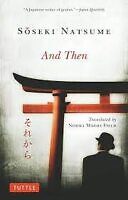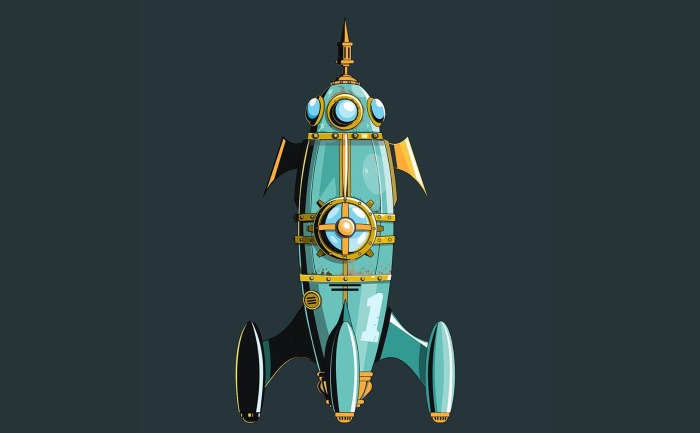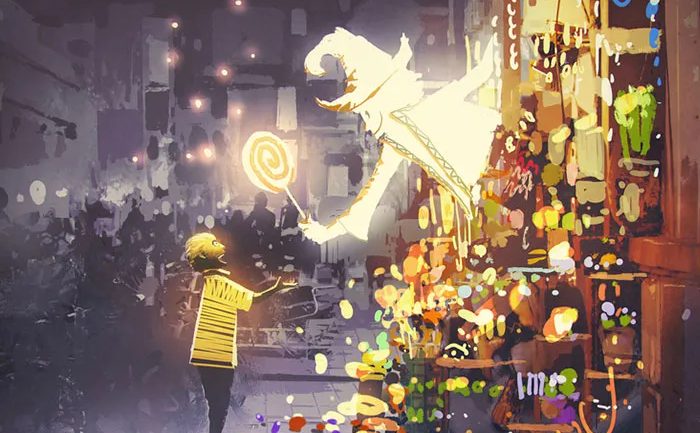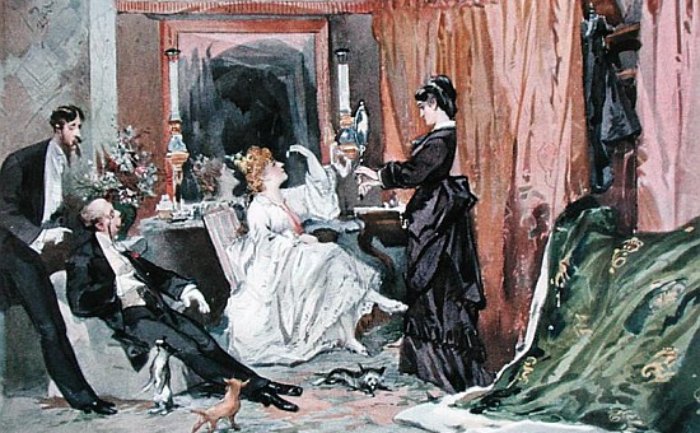Our Cat’s Grave by Natsume Soseki
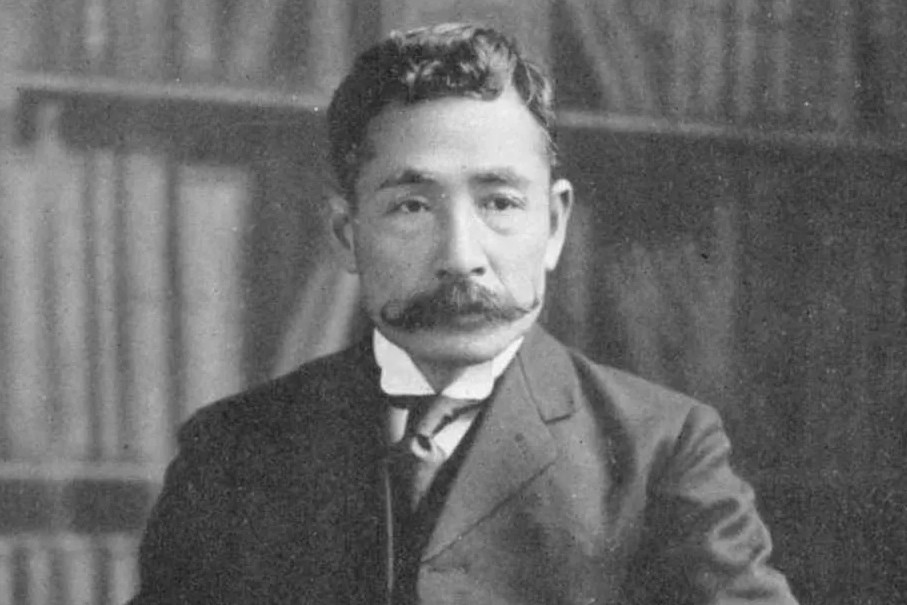 Soseki Natsume
Soseki Natsume
Originally published in Japan in 1908, Our Cat’s Grave by Natsume Soseki is a brief but heartfelt remembrance for a feline companion. Encompassing both the affection and the neglect, it becomes a meditation on empathy and helplessness, and on the transience of life and the persistence of memory.
Our Cat’s Grave by Natsume Soseki
After we removed to Waseda our cat began to grow lean and lank. She did not seem to want to join the children in frisking about at all. When the sun shone, she would go to sleep on the verandah. Stretching her front legs out straight, she would put her square chin down on them, and, fixing her eyes on the plants in the garden, would not move for hours. No matter how noisily the children might play about her, she did not seem to be at all disturbed.
As to the children, they practically refused to associate with their old friend whom they treated like a stranger, as much as to say, “This kittie isn’t friendly enough for a playmate.”
Not only the children but also our maidservant cared little for Puss: she took the trouble to put the three meals for the poor animal in a corner of the kitchen but would do nothing else.
The three meals, however, were usually made away with by a big and thievish tabby-cat of the neighbourhood before our cat had touched them. She did not even appear to get angry at this, and never quarreled. She slept quietly all the time.
But her manner of sleeping was without freedom or ease. She did not lie comfortably and enjoy the pleasant sunshine. It seemed she could not afford to move but this is
not sufficient to describe her state. In other words she found life exceedingly dull and she knew that she could not shake off this feeling without moving, but to move would make her feel more lonely. She seemed to have decided to lie still and put up with her surroundings.
Her eyes were ever upon the plants in the garden, but she was probably entirely unconscious of the shapes of the leaves and of their stalks. She lay with her vacant bluish-yellow eyes rivetted upon some spot.
Just as the children, her former playmates, did not seem to recognize her existence, she herself did not seem to recognize the very existence of the world around her.
Sometimes, however, she would go out, like one who had business to attend to. On these occasions she was invariably driven home by the same tom-cat of the neighbourhood, and, terror-stricken, she would spring upon the verandah, break her way through one of the closed paper doors and rush to the hearthside.
It was only at these times that the family were reminded of her existence and that sheseemed to feel any satisfaction in realizing that she was still alive.
After several repetitions of this experience, the hair on her tail grew thinner little by little. At first the hair dropped out in several spots leaving small hole-like patches. These patches grew larger till her whole tail
was bare. Later on it hung down like a piece of rope.
Utterly tired of all things, she began to lick the affected parts.
“My dear, I’m afraid there must be something wrong with the cat,” said I to my wife.
“Perhaps so; ” said she quite indifferently, “perhaps it’s due to her advanced age.”
So after this I too left the wretched animal in her pitiable plight. Then after a few days I noticed that the poor cat was throwing up everything she ate. Moving the forepart of her neck with a wavy motion she gave a mournful sound which was something between a sneeze and a hiccup. Pitiable as she looked, I could not help her. So every time I found her in this awkward situation, I thought I would drive her out.
Otherwise she would go on spoiling the mats and cushions without compunction. Most of the hattan (1) silk cushions used for visitors had already been spoiled by her.
“This won’t do,” I said to my wife.
“She has some kind of stomach trouble, I suppose. Dissolve some hōtan (2) in water and give it to the poor beast.”
But she did not deign to answer. A few days later, I asked her if she had given the cat any hōtan and she replied:
“Why, my dear, I’ve tried in vain to make her take the medicine, but she would not open her mouth.”
“As you see, even when we give her fishbones, she vomits.” She added explanatorily.
“All right, then you had better not give her any,” said I crossly, returning to my book. No sooner had the cat got rid of her nausea than she slept quietly.
Lately she had shrunk into herself in an uncomfortable way and appeared to feel that she had no place to go except the verandah upon which she slept. Some change was visible in the expression of her eyes. First they looked as if they were fixed on some distant object brought suddenly into the near field of her vision and there was something calm about her eyes even in the midst of her wretchedness.
But then they began to move in a strange way. The fire of her eyes, however, sank lower and lower like sheet lightning after a summer sunset.
However, I left her just as she was. My wife also did not seem to care for the poor creature. The children had long ceased to think of their former pet, of course.
One evening she was lying on her stomach at the foot of one of the children’s beds, when, all at once she gave a deep growl such as she used to do when some one tried to seize her fish.
I was the only one who thought it very strange at the time. The children were sound asleep. Their mother was busy sewing.
After a while the cat uttered another growl. At last my wife dropped her work.
“What’s the matter with the cat?” I cried.
“It would be terrible if the cat should bite our children during the night.”
“Nonsense !” said she, resuming her sewing on the sleeves of an undershirt. The cat growled again at intervals.
The next day, the poor creature lay down on the edge of the hearth and mewed all day long. That seemed some what repulsive to us when we went there for the tea kettle or to make tea. But when it was evening my wife as well as myself forgot all about the cat. That night the cat died. The next morning when the maid-servant went to the backyard shed to fetch some firewood, it was already lying stiff on an old kitchen stove.
My wife took the trouble of going there to see the body of the poor creature. Thereupon, her former indifference was gone and she suddenly began making a great fuss about it. She sent for our rickshaman, and getting him to buy an oblong grave-post, she asked me to write something on it. I wrote: “In Memory of A Cat” on its front and “Konoshitani, Inazuma okoru yoi aran,” (3) on its back.
The rickshaman wanted to know if he might bury the cat as it was, and the maid-servant added that she could not think of cremating it.
The children also began to make much of the cat again suddenly. They planted two glass bottles, one on each side of the gravepost, and filled them with twigs of blossoming hagi. (4) They filled a cup with water and placed it before the grave. The flowers and the water were changed every day. In the evening on the third day, my three-year old daughter—I was watching her through a window of my study—walked up to the grave all alone, and after gazing at the plain-wood grave-post a while, put out her toy dipper, scooped up water from the cup which was offered to the cat, and drank it.
That was not the only time she did so. The water strewn with the fallen petals of hagi flowers often served to cure the thirst of little Aiko in the evening quiet.
On each death-anniversary of the cat, my wife has made it a rule to offer a small slice of salted salmon and a bowl of rice with dried bonito shavings on it before the grave.
She has never forgotten to do so even until now. Only she seems to have come recently to place them on top of the wardrobe in her sitting room instead of walking out into the garden with them.
Note:—
- Hattan is a kind of silk cloth.
- Hōtan is a patent medicine.
- Kono shitani . . . This 17-syllable verse literally reads “Underneath here, lightning may occur when it is dusk.” The following are the two other translations now available; “Sleeping here underground, Thou wilt show the gloaming, by flashing lightning.” “Here sleeps the poor cat, yet who knows but that some evening her eyes may yet glare forth again.”
- Hagi is a plant blooming in autumn, known scientifically as Lespedeza bicolor.
Best Natsume Soseki Books
Here are 5 Book Recommendations for the Best Natsume Soseki Books to add to your reading list
Kokoro
Kokoro, meaning ‘heart’, is a tantalising novel about the friendship between a young man and an enigmatic elder whom he calls Sensei. Set in the early twentieth century, the novel enacts the transition from one generation to the next in the dynamic between Sensei, who is haunted by mysterious events in his past, and the unnamed young man, one of the new generation’s elite who will inherit the coming era.
Sanshiro
One of Soseki’s most beloved works of fiction, the novel depicts the 23-year-old Sanshiro leaving the sleepy countryside for the first time in his life to experience the constantly moving ‘real world’ of Tokyo, its women and university. In the subtle tension between our appreciation of Soseki’s lively humour and our awareness of Sanshiro’s doomed innocence, the novel comes to life. Sanshiro is also penetrating social and cultural commentary.
The Gate
The Gate describes the everyday world of the humble clerk Sosuke and his wife Oyone, living in quiet obscurity in a house at the bottom of a cliff. Seemingly cursed with the inability to have children, the couple find themselves having to take responsibility for Sosuke’s younger brother Koroku. Oyone’s health begins to fail, and news that her estranged ex-husband will be visiting nearby finally promotes a sense of crisis in Sosuke and forces him temporarily to quit his life of quiet domesticity. Highly prized for the beauty of its description of the understated love between Sosuke and Oyone, the novel has nevertheless remained in many ways mysterious.
I am a Cat
Soseki Natsume’s comic masterpiece, I Am a Cat, satirizes the foolishness of upper-middle-class Japanese society during the Meiji era. With acerbic wit and sardonic perspective, it follows the whimsical adventures of a world-weary stray kitten who comments on the follies and foibles of the people around him.
And Then
And Then tells the story of Daisuke, a man in his twenties who is struggling with his personal purpose and identity as well as the changing social landscape of Meiji-era Japan.
Daisuke’s life takes an unexpected turn when he is reunited with his college friend and his sickly wife. At first, Daisuke’s stoicism allows him to act according to his intellect, but his intellectual fortress begins to show its vulnerabilities as his emotions start to hold greater sway over his inner life. Daisuke must now weigh his choices in a culture that has always operated on the razor’s edge of societal obligation and personal freedom.
If you enjoyed Our Cat’s Grave by Natsume Soseki, give our Japanese Literature Quiz a try





